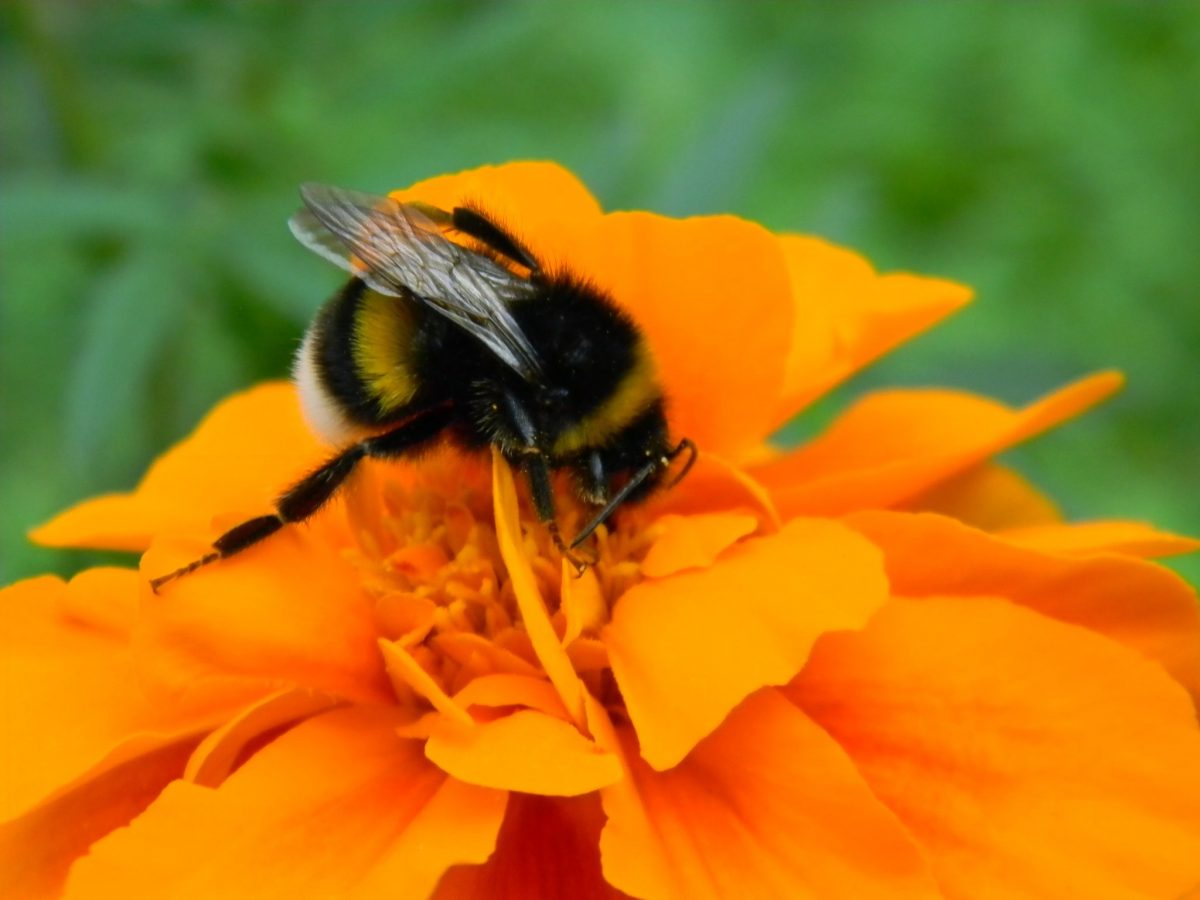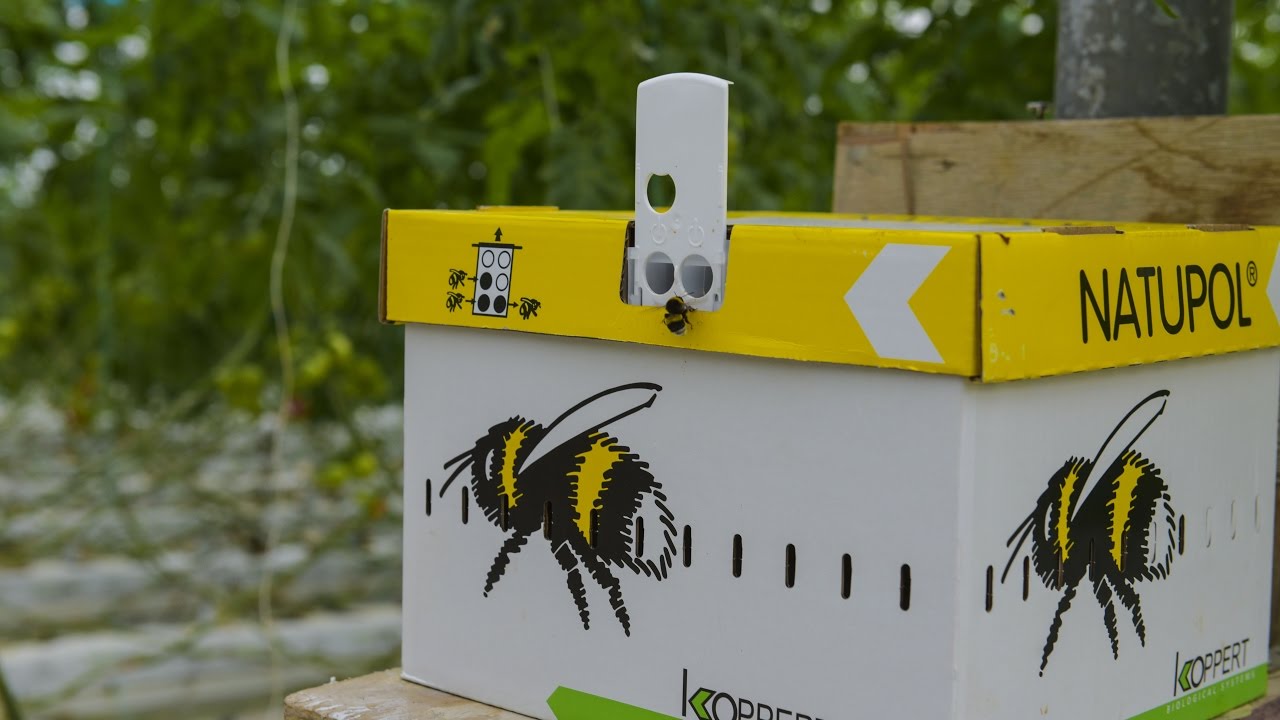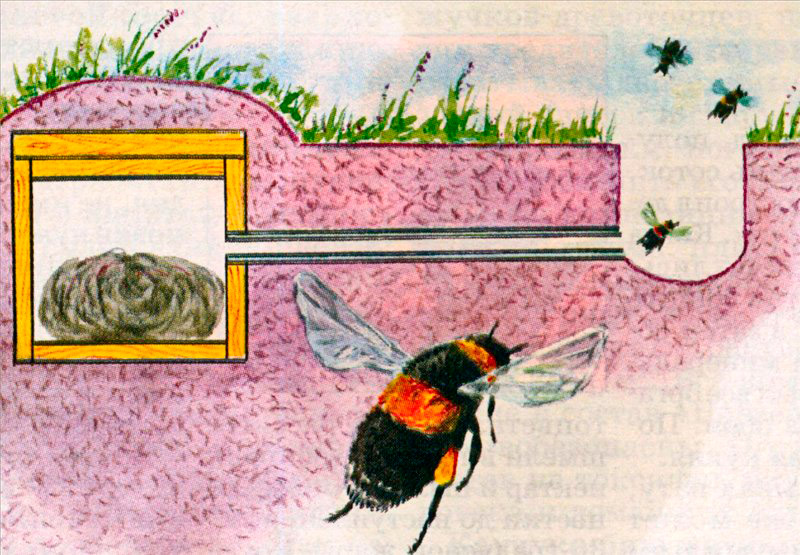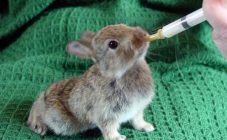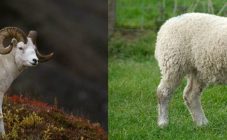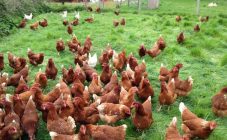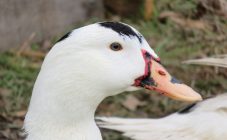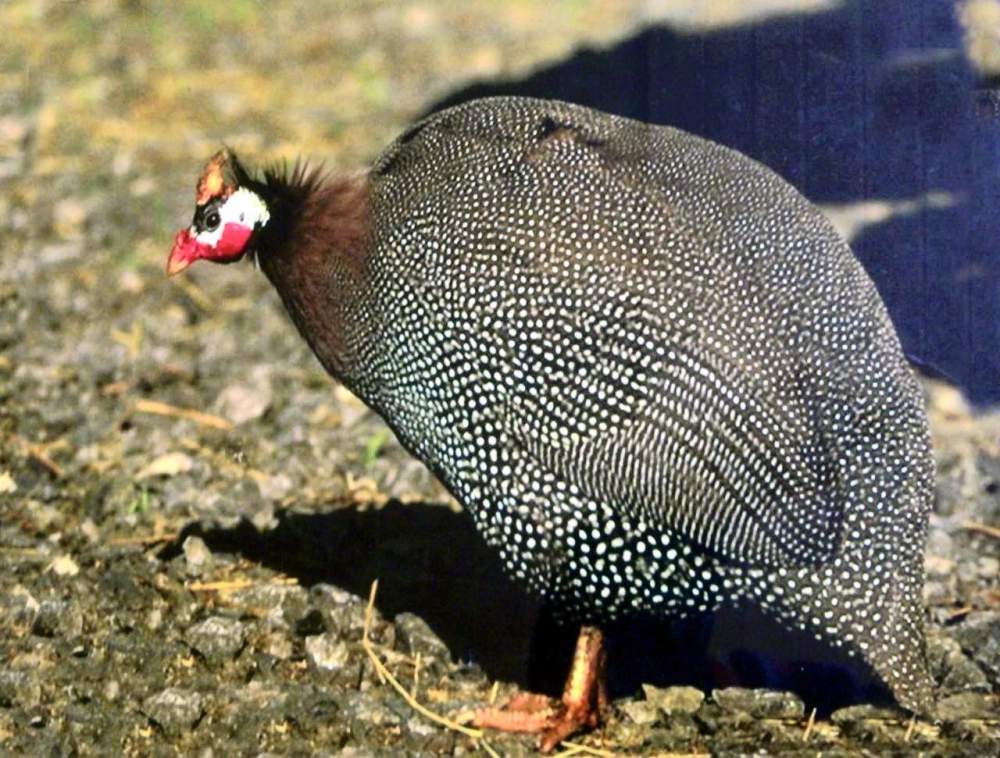Content:
An abundantly blooming garden in spring can disappoint with a low yield of average palatability at the end of the season. This is due to insufficient pollination of plant flowers, because most fruit trees are self-fertile.
Especially poor pollination occurs in cold and damp spring, when a thermophilic bee colony of many thousands does not fly out of the hives.
Bumblebees are one of the most cold-resistant insects, due to the ability to warm up their body and the presence of thick hairs on it that protect the insect from bad weather.
A useful pollinator can fly out to collect pollen at temperatures from + 2C °, in the rain, and also, thanks to good eyesight, in the dark.
Bee industriousness is widely known, but the bumblebee pollinates 5 times as many flowers a day and works 18 hours a day throughout the summer.
Useful pollinators are bred both for agribusiness and in private households, including for pollination of greenhouse plants. Bumblebees are low maintenance and less aggressive than bees.
How to breed bumblebees
In order for a bumblebee family to appear on the site, you need to attract the bumblebee queen, while she is in search of a nest.
They look for a mother insect in early spring; you can recognize it by the absence of pollen on its hind legs and circling close to the ground. The presence of pollen indicates that the female has already created a nest and will not do it again. The successor of the genus can be caught by covering her with a box, and also bought with a ready-made house for bumblebees.
The cultivation of useful pollinators is possible under production conditions, just as breeding bumblebees on the site itself does not cause any particular difficulties.
The bumblebee uterus is placed in the hive and closed in it for a day. The female very carefully chooses the place of the future nest, so she may not like the proposed house, and after the opening of the entrance she will not return. This should be taken into account in order to understand how to breed a bumblebee in the garden. The settlement of a pair of hives out of ten is considered successful.
Bumblebees live in families of 100-200 pcs., The number depends on the size of the nest, reproduction takes place throughout the summer season.
You can find out whether the female has settled in the proposed housing a few weeks after her placement, until that time she can not be found, because the insect will equip the nest and breed the first offspring.
Bumblebees settled in the hive first pollinate nearby plants, collecting all the nectar from them, and gradually increase the radius of departure.
During the summer season, you can see dead bumblebees near the hive, this is a biological feature of insects, thus, the females are renewed.
Why bumblebees are not bred like bees
The behavior of bumblebees is unpredictable, they can leave the nest, it is not possible to control the process. Fear of being bitten by nearby striped insect habitats may also be the reason why no one breeds bumblebees.
Also, the difference between the bumblebee family and the bee and the reason why bumblebees are not bred as bees is that this type of beneficial insects lives for one summer season.In the fall, all bumblebees die, and only a few females remain to winter, who were born at the end of the season and were fertilized. In the next season, these young females will reproduce a new swarm.
In the fall, the continuers of the bumblebee genus burrow into the turf and stay in it in hibernation until the next spring. In early spring, when moisture from the melted snow appears on the female, she wakes up, begins to look for a place for a nest again and create a family.
How to breed bumblebees for honey
Bumblebee farming is mainly used for pollination of crops, not for breeding bumblebees for honey, the possible collection of insect honey is just an addition. Due to the short life span of the bumblebee family, it does not need to store a large amount of reserves. Insects use nectar to feed their larvae, from which bumblebees appear.
Bumblebees do not build honeycombs in the nest, like bees, but create small wax cups that are located at the bottom of the nest, in which offspring are grown. Insects add processed nectar to the cups. Its amount is insignificant for human collection, therefore, breeding a bumblebee family for honey is not considered profitable.
Bumblebee honey has a more liquid consistency, similar to syrup, it is less sweet and fragrant than the usual bee honey. Due to the pickiness of bumblebees in the choice of pollinated plants, honey contains a combination of different flowers.
Even after eating a small amount of honey, a surge of energy is felt. Such honey is difficult to preserve - due to the high water content, it quickly deteriorates.
How to make a house for bumblebees
To build a house for bumblebees with your own hands, drawings may not be required. The hive is a box, 15-20 cm in size on all sides.
DIY beehive
The box can be made from wooden boards, the bottom and lid are made of plywood. The inner walls are not planed so that it is convenient for insects to crawl on them.
The lid must be removable and fit over the drawer. In the middle of one of the walls, two holes are drilled, 2 cm in diameter, into which bumblebees will fly. A flight plate or tube is nailed to the hole.
Moss, tow or fluffed cellulose wool is placed inside the box, which will serve as a covering material. The hives are placed on pegs, which need to be coated with grease so that the ants do not get inside. The hive is installed with a tap hole on the south side, closer to the fruit bushes. To prevent the hive from overheating, you can cover it with a sheet of foam plastic, but it is better to install it in the shade, because the bumblebee female does not like high temperatures in the nest.
It is recommended to install hives in groups of three to ten pieces, placing them in a row or in several tiers. The distance in the row is maintained at 2-2.5 m from each other.
Bumblebee bomber
Bumblebees in natural conditions like to settle in abandoned rodent burrows. Therefore, together with aboveground nests, underground nests are also installed, which are called bombidaries. To install a bombidarium for bumblebees underground, you need to dig a hole the size of the box.
Departure from the underground nest is carried out through a long flight tube simulating an underground passage. The tube can be made of rails or a plastic tube of small diameter, about 1 m long. The tube is tightly attached to the tap hole and all the joints are covered with clay so that ants do not get into the nest. The box is wrapped with plastic wrap.
A groove is dug to accommodate the tube.After installing the house of bumblebees with a flight tube, the structure is covered with a small layer of earth into the dug holes and covered with turf.
All the contents are taken out of the nest that has become vacant after the summer season and burned, the boxes are disinfected from parasites. New filler is applied in early spring.
Bumblebees are flawless pollinators, thanks to their elongated proboscis, they are able to collect nectar from parts of the plant inaccessible to bees. The beneficial effects of insects on the garden and greenhouse plants speak only in favor of bumblebee breeding.
